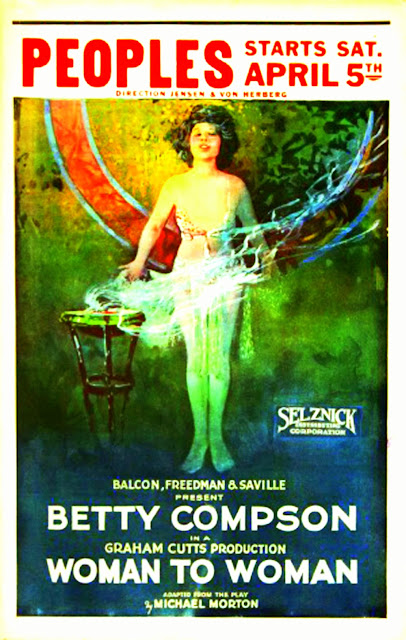David Opatoshu (January 30, 1918 – April 30, 1996) was an American film, stage and television actor. He was born as David Opatovsky in New York City, where he was reared and educated.[1] His father was the Yiddish writer Joseph Opatoshu.
Television
His career in television began in 1949 and lasted through the 1980s. In the fall of 1953, he played a theatrical agent representing Ezio Pinza's title character in the NBC situation comedy Bonino. Other costars were Mary Wickes, Chet Allen, and Van Dyke Parks. The series focused upon an Italian American opera singer trying to rear his six children after having been widowed.[2]
He guest-starred in the 1964 The Outer Limits episode "A Feasibility Study," in the 1965 Voyage to the Bottom of the Sea episode "The Price of Doom,' in the 1965 two-part episode of The Man from U.N.C.L.E. called "The Alexander the Greater Affair," in the 1969 season 3 Ironside episode "L'Chayim," and in Mannix, in the episode "A Pittance of Faith," as Mr. Lardelli, in the same year.
In the next year, 1970, he played in Daniel Boone, season six, as Tamenund. In the "No Way to Treat a Relative" episode of the 1973 situation comedy Needles and Pins (never broadcast because of the show's cancellation), the Kojak episode "Both Sides of the Law," the 1977 The Bionic Woman episode "Doomsday is Tomorrow," the 1981 Buck Rogers in the 25th Century episode "Time of the Hawk," and the 1981 miniseries Masada. In 1986 he played an Iranian ambassador in the TV thriller Under Siege, about Islamic terrorist attacks in the United States. On October 30, 1989, Opatashu guest-starred as the Tenctonese ex-slave "Paul Revere," in the episode "Night of the Screams," of the television series Alien Nation. In 1991 he won an Emmy for his guest appearance in the episode "A Prayer for the Goldsteins" of the ABC series Gabriel's Fire.[3]
Films
He played the Irgun leader (and Ari Ben Canaan's estranged uncle) in Otto Preminger's 1960 film Exodus. In 1967, Opatoshu played Morris Kolowitz, the father of the main character David (Reni Santoni), in Carl Reiner's directorial debut Enter Laughing. In the 1977 film, Raid on Entebbe, he played the part of Menachem Begin, a film based on the actual Operation Entebbe and the freeing of hostages at Entebbe Airport in Entebbe, Uganda on July 4, 1976. Ironically, he'd played Begin's fictional counterpart in Exodus.
Stage
He appeared on Broadway in '"Silk Stockings " in 1956,"'The Wall in 1960, and Bravo Giovanni in 1962, and others.
Screenwriter
David Opatoshu also wrote the screenplay for the film Romance of a Horsethief (1971), based on a novel by his father, Joseph Opatoshu.
Family
David Opatoshu died on April 30, 1996. He was survived by his wife, Lillian Weinberg, a psychiatric social worker, whom he married on June 10, 1941. They had one child together, a son, Danny. Lillian died on May 13, 2000.[4]
David Opatoshu is buried at Hillside Cemetery in Culver City, California.
Selected filmography
The Light Ahead (1939) - Fishke (the lame)
The Naked City (1948) - Sgt. Dave Miller (uncredited)
Illegal Entry (1949) - Al (uncredited)
Any Number Can Play (1949) - Bartender (uncredited)
Thieves' Highway (1949) - Frenchy - Thug in Cap (uncredited)
The Goldbergs (1950) - Mr. Dutton
The Most Wanted Man (1953) - Slim le Tueur
Crowded Paradise (1956)
The Walter Winchell File (1958) - Triple 'A' - "The Silent City"
The Brothers Karamazov (1958) - Capt. Snegiryov
Party Girl (1958) - Lou Forbes
Cimarron (1960) - Sol Levy
Exodus (1960) - Akiva Ben Canaan
Black City (1961) - Il commissario Natalucci
The Best of Enemies (1961) - Italian Physician Bernasconi
Guns of Darkness (1962) - President Rivera
The Cardinal (1963) - Mr. Rampell (uncredited)
Sands of Beersheba (1963) - Daoud
One Spy Too Many (1966) - Mr. Kavon
Tarzan and the Valley of Gold (1966) - Augustus Vinero
Torn Curtain (1966) - Mr. Jacobi
The Defector (1966) - Orlovsky
Enter Laughing (1967) - Mr. Morris Kolowitz
Ha-Dybbuk (1968) - Zadik
The Fixer (1968) - Latke
Death of a Gunfighter (1969) - Edward Rosenbloom
Romance of a Horsethief (1971) - Schloime Kradnik
Raid on Entebbe (1976) - Menachem Begin
Who'll Stop the Rain (1978) - Bender
Americathon (1979) - Abdul Muhammad
Beyond Evil (1980) - Dr. Solomon
Masada (1981) - Shimon
Forced Vengeance (1982) - Sam Paschal
Forty Days of Musa Dagh (1982) - Henry Morgenthau, Sr.
References
1. New York Times
2. IMDb
3. The Complete Directory to Prime Time Network and Cable TV Shows, 1946-Present. Ballantine Books. 2003. p. 1441. ISBN 0-345-45542-8.
4. The New York Times



















































